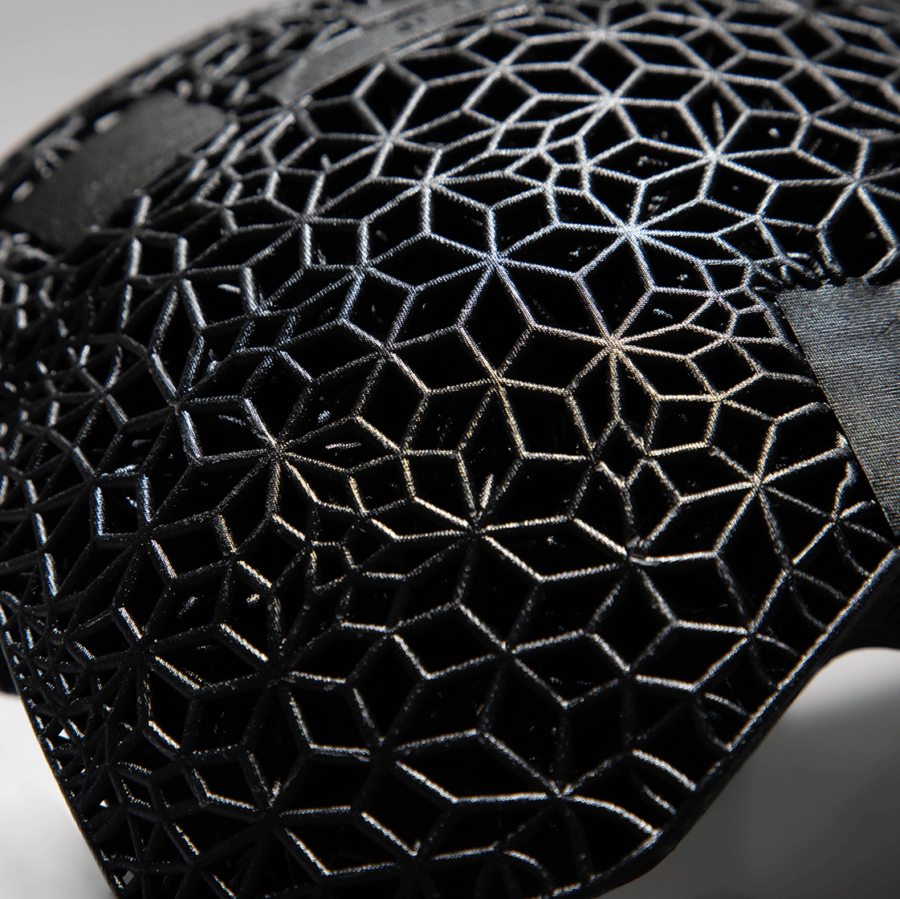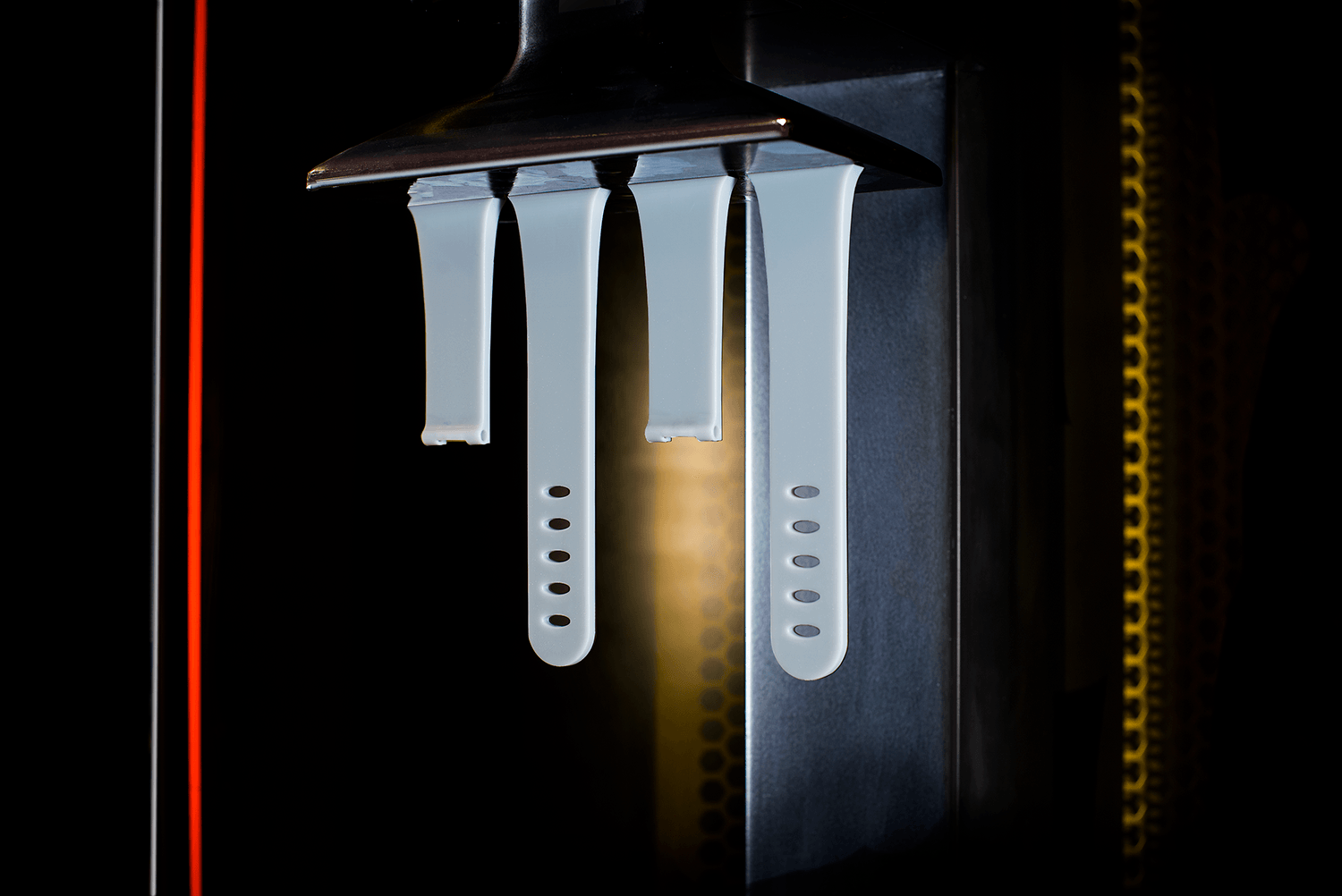CARBON DIGITAL LIGHT SYNTHESIS™ (DLS™) ADDITIVE MANUFACTURING (3D PRINTING)
Why Carbon 3D DLS?
A true additive manufacturing process, Carbon Digital Light Synthesis™ technology prints 100 times faster than traditional 3D printing methods.
Carbon DLS™ 3D printing for production process uses a photochemical process to project light through an oxygen-permeable window into a reservoir of UV-curable resin. Resultant parts are layer free with consistent and predictable mechanical properties. All Carbon resins are biocompatible and designed for end-use.
The Digital Light Synthesis™ technology was developed by California tech giant, Carbon Inc. It’s continual production process enables multiple iterations of your design in one print. In other words, you can develop and produce multiple parts on the same print bed. Prototyping turns into production without having to create tools. Because DLS has been developed with production in mind, the more efficient we are with platform utilisation, the more economical it becomes for you.
Paragon was the first print service in the UK to offer Carbon Digital Light Synthesis technology to customers. We now have 4 Carbon 3D M2 printers and can produce parts in volumes that far exceed those of our rivals. Our customers have access to multiple Carbon resources, including design assistance and the Carbon Design Engine. This enables the user to create performance lattices and impact resistant devices at the click of a mouse. With their ability to improve cushioning and dampening and increase breathability, 3D printed lattices are revolutionising impact protection across a range of markets, from sports to automotive.





